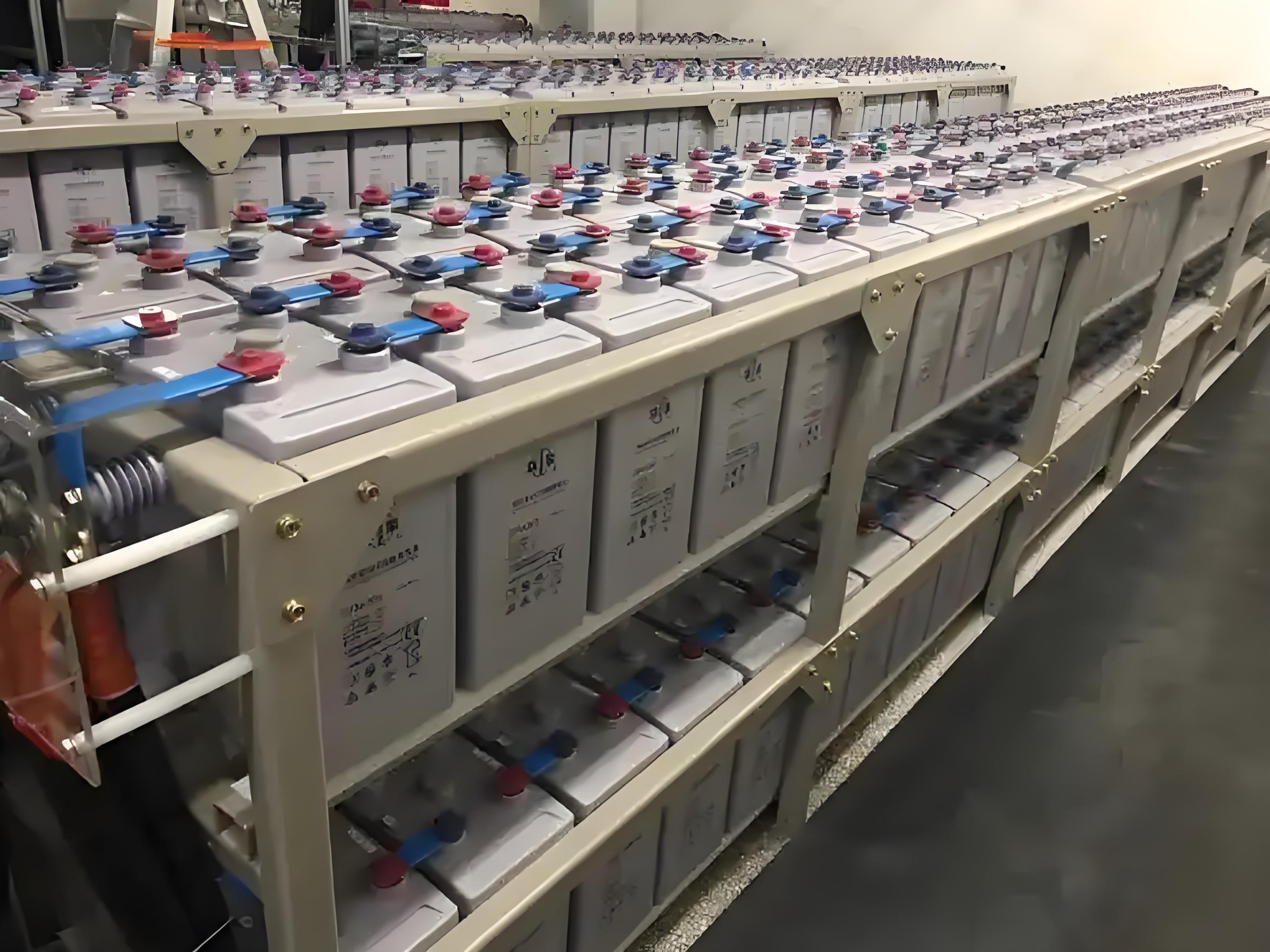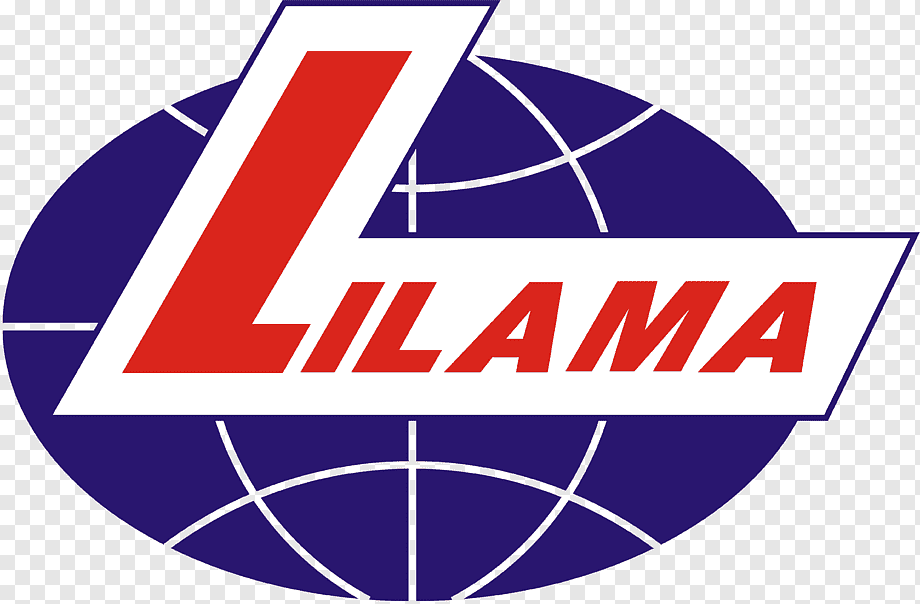The auxiliary power supply system of a hydropower station is a power supply network established to ensure the normal operation of the station. It primarily provides reliable power to non-power generation equipment. Its core function is to ensure the stable operation of critical equipment and systems when the main power source fails. The following is a detailed composition and functions of the system:
1. System Composition
Power Source
· Main Power Source: Typically sourced from the low-voltage side of the main transformer or the station service transformer.
· Backup Power Source: Includes diesel generators, battery banks, or external grid connections.
· Emergency Power Source: Such as UPS (Uninterruptible Power Supply) or DC systems, used to protect, control, and support critical loads.
Distribution Network
· High-voltage/low-voltage distribution cabinets, busbars, switchgear, and cables.
· Automatic Transfer Switch (ATS): Enables seamless switching between main and backup power sources.
Load Equipment
· Control and Protection Systems: PLCs, relay protection devices, monitoring systems.
· Auxiliary Machinery: Oil pumps, water pumps, ventilation and cooling equipment.
· Lighting and Communication: Emergency lighting, dispatch telephones, data transmission equipment.
Protection and Monitoring
· Overcurrent/short-circuit protection, insulation monitoring, power quality analyzers.
· Centralized monitoring platform: Real-time monitoring of power supply status.
2. Core Functions
Main Power Supply Mode
· During normal operation, power is supplied by the main transformer or station service transformer, covering all auxiliary equipment in the station.
Backup Power Switching
· When the main power source fails, it automatically switches to the diesel generator or external backup power source, ensuring the continuous operation of critical systems (such as gate control).
Emergency Power Assurance
· UPS and battery banks provide power for control and protection systems, communication systems, ranging from minutes to hours, preventing data loss or equipment damage due to sudden power outages.
Black Start Capability
· In the event of a total grid outage, the backup power source is used to start the unit automatically, gradually restoring the operation of the power station.
3. Design Highlights
Redundancy Configuration
· Adopting dual power sources and dual busbar designs, with critical equipment (such as governor oil pumps) having independent circuits.
· The capacity of diesel generators must meet the maximum emergency load requirements.
Optimization of Distribution Structure
· Power supply zoning according to load levels, with critical loads (such as monitoring systems) connected to high-reliability busbars.
· Combining radial and ring network structures to balance reliability and cost.
Protection Measures
· Installing differential protection and zero-sequence current protection to prevent grounding faults.
· Lightning protection and grounding systems comply with IEEE or IEC standards to reduce the risk of lightning strikes.
Intelligent Management
· Integrating SCADA systems for remote monitoring and fault diagnosis.
· Regularly simulating power source switching tests to verify system reliability.
4. Typical Application Scenarios
Normal Operation
· Providing continuous power to unit cooling systems, lubrication systems, lighting, etc.
Emergency Faults
· When the main transformer trips, the backup power source ensures the operation of gate opening and closing machines and drainage pumps, preventing flooding of the power station.
Maintenance and Inspection
· Providing temporary power through maintenance distribution boxes to support equipment debugging.
Extreme Conditions
· In disasters such as earthquakes and floods, diesel generators and batteries work together to ensure the operation of emergency command systems.
5. Common Challenges and Countermeasures
Power Quality Issues
· Harmonic interference can cause protection malfunctions, requiring the installation of filters.
Environmental Factors
· Humidity and high temperatures affect equipment lifespan, necessitating the use of cabinets with a protection rating of IP54 or higher.
Operation and Maintenance Challenges
· Regularly testing battery capacity to prevent aging and failure.
· Conducting no-load tests on diesel generators monthly.














